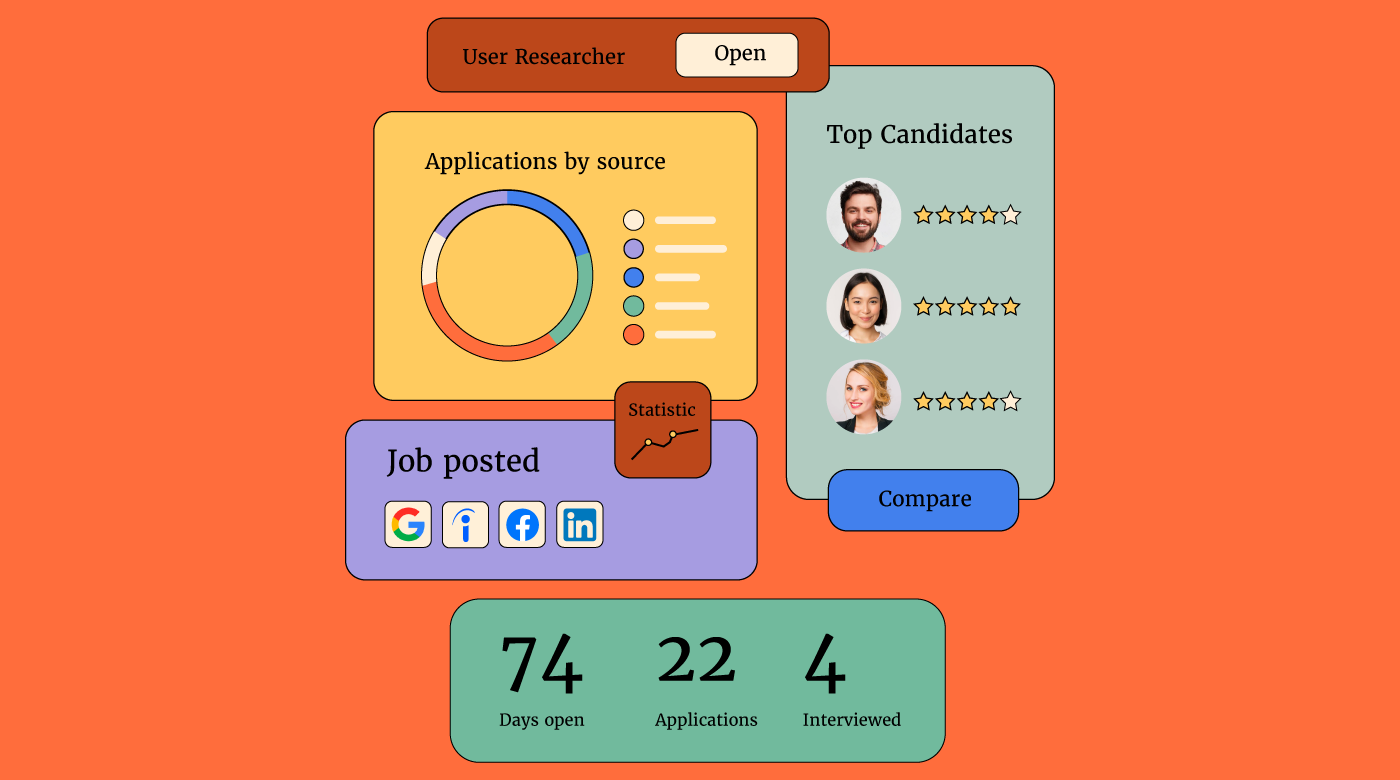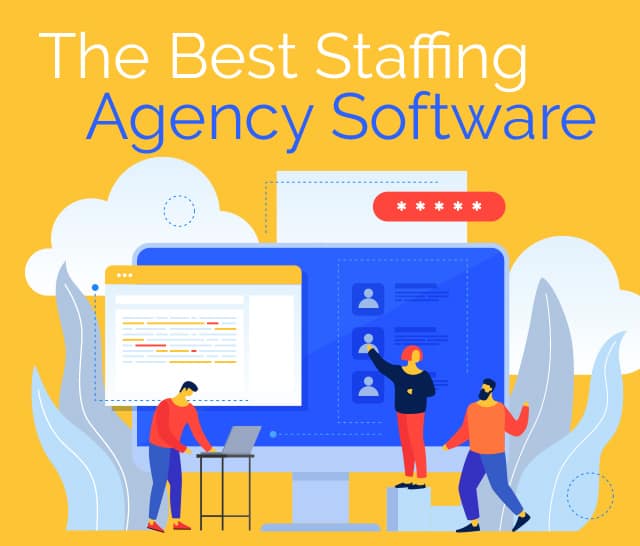Unleashing the Power of Data: Enhancing HR Strategies With Cutting-Edge Staffing Management Software
In the rapidly evolving landscape of personnels, the usage of data has become a pivotal pressure in forming business success. As business aim to stay competitive and agile, the assimilation of innovative staffing administration software program sticks out as a transformative tool in improving HR procedures. By using the power of information analytics, organizations can not just boost their employment techniques but additionally enhance employee retention and productivity. The harmony between data-driven insights and progressed innovation presents an engaging chance for HR specialists to reinvent their approach in the direction of skill management.
Significance of Data-Driven Human Resources Techniques
Data-driven HR strategies allow business to maximize their labor force monitoring, recruitment processes, and worker engagement initiatives. By evaluating data associated to worker efficiency, turn over prices, and skill spaces, HR departments can determine patterns, anticipate future requirements, and develop proactive services to deal with difficulties.
Data-driven HR techniques also play a vital function in improving worker fulfillment and retention. With the analysis of employee feedback, efficiency evaluations, and training results, HR professionals can customize specific advancement plans, recognize high-potential staff members, and cultivate a society of constant learning and development within the company. Moreover, data-driven insights make it possible for human resources teams to align their approaches with the general company objectives, ensuring that ability administration efforts straight contribute to organizational success.
Advantages of Staffing Management Software Program
Utilizing staffing monitoring software application simplifies the employment and onboarding procedures for HR divisions, improving performance and precision in talent purchase. One significant advantage of this software program is the capability to systematize candidate information, making it easily available for employment teams. By having all candidate details in one location, human resources professionals can effectively track prospect progress, interact effectively with prospective hires, and make certain a seamless employment experience.
Additionally, staffing management software application usually includes functions such as return to analyzing and keyword phrase matching, which aid in quickly determining leading prospects that match the job requirements. This automation minimizes the moment invested in manual resume screening, enabling human resources team to concentrate on more tactical tasks. staffing management software. Furthermore, these systems can incorporate with work boards and social media sites platforms, expanding the reach of job postings and drawing in a diverse swimming pool of prospects
In addition, analytics and reporting devices within staffing monitoring software provide important insights into recruitment metrics, such as time-to-fill and cost-per-hire. This data-driven method allows HR teams to make informed decisions, optimize recruitment strategies, and improve total working with procedures. By leveraging these benefits, companies can simplify their skill procurement efforts, improve candidate experience, and eventually build a solid workforce.
Enhancing Employment Processes With Data
By leveraging data, firms can make more informed decisions throughout the recruitment lifecycle, eventually leading to better hires and enhanced retention rates. One crucial way information enhances employment processes is by enhancing job postings based on understandings from past effective hires.
Additionally, information analytics can simplify the screening and choice procedure by recognizing patterns in candidate qualifications and performance signs. Generally, incorporating information right into recruitment processes empowers organizations to make smarter hiring decisions and develop high-performing teams.
Improving Worker Retention With Innovation

One means modern technology can boost staff member retention is via using worker interaction platforms. These platforms enable real-time responses, acknowledgment, and interaction between employees and management, cultivating a society of recognition and support. Additionally, modern technology can make it possible for individualized discovering and development programs tailored to specific worker needs and career desires, boosting task complete satisfaction and loyalty.
In addition, data analytics tools can aid organizations identify patterns and fads related to staff member turnover, allowing them to take positive measures to attend to potential concerns prior to they intensify. In general, by leveraging technology properly, organizations can develop a much more encouraging and appealing workplace that urges workers to remain and grow within the business.
Making The Most Of Labor Force Productivity With Information

Via the analysis of data, HR departments can determine patterns our website and fads that influence productivity levels. By tracking employee work hours and project completion rates, organizations can optimize work schedules to ensure that tasks are efficiently distributed among group participants. In addition, information can disclose ability spaces within the workforce, enabling HR to implement targeted training programs that enhance employee capabilities and total performance.
In addition, data-driven efficiency examinations allow managers to provide details comments and assistance to staff members, fostering a society of continual enhancement. Generally, leveraging data to take full advantage of workforce productivity is a strategic strategy that encourages organizations to achieve their objectives successfully and effectively.
Conclusion
To published here conclude, making use of innovative staffing management software program can substantially enhance human resources methods by leveraging the power of data. By including data-driven recruitment procedures, enhancing employee retention via innovation, and making the most of labor force productivity, companies can improve their procedures, make more enlightened decisions, and inevitably accomplish better success in managing their human resources. Embracing these technical developments is critical in the ever-evolving landscape of personnel monitoring.
Data-driven HR approaches enable business to maximize their labor force management, recruitment procedures, and staff member engagement initiatives. By examining data associated to worker efficiency, turn over rates, and skill spaces, Human resources divisions can recognize trends, predict future requirements, and establish positive remedies to address check my source challenges.
